With the development of blockchain technology, NFTs (Non-Fungible Tokens) have gradually become an important component in fields such as art, gaming, and music. However, for many women new to blockchain, the process of minting an NFT can still seem unfamiliar. This article will explain the concept of minting NFTs, key steps, how it works, and answer some common questions to help everyone better understand this emerging technology.
Definition of Minting NFTs
Minting an NFT is the process of converting a digital asset (such as artwork, music, videos, etc.) into a unique, non-fungible token on the blockchain. This process ensures the ownership, scarcity, and immutability of the asset.
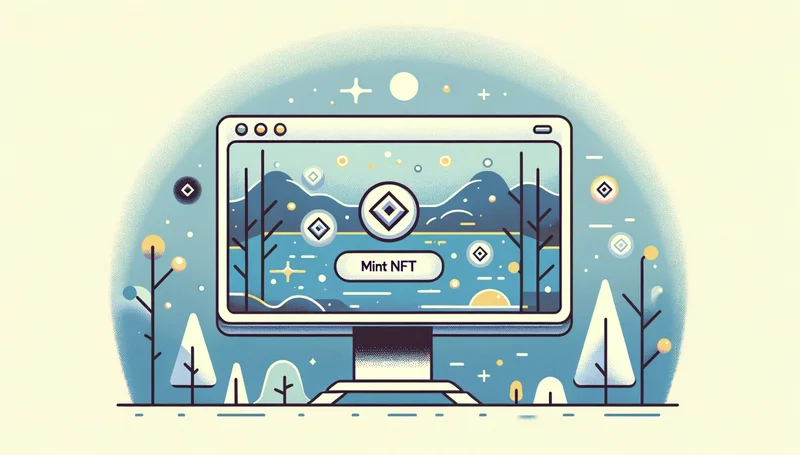
Steps to Mint an NFT
- Choose a Blockchain Platform
Current mainstream NFT minting platforms include Ethereum, Flow, and Polygon. Ethereum is the most popular choice due to its strong ecosystem and community support. - Create a Digital Asset
Before minting an NFT, you need to prepare a digital asset. This could be a digital painting, a music track, or a short video. Ensure that your work is copyright-protected to avoid legal issues. - Select an NFT Marketplace
Choose a marketplace that supports NFT minting, such as OpenSea, Rarible, or Mintable. These marketplaces provide user-friendly interfaces to help you easily mint your NFT. - Mint the NFT
On the chosen marketplace, upload your digital asset and fill in relevant information such as name, description, and attributes. After clicking the "Mint" button, the system will generate the NFT and record it on the blockchain. - Pay Minting Fees
Minting an NFT typically requires a transaction fee known as "gas fees." This fee incentivizes miners to process your transaction and can vary depending on network congestion. - Sell or Keep the NFT
Once successfully minted, you can choose to sell, keep, or showcase it. Many NFT marketplaces allow you to set a sale price or even choose an auction format.
How Minting NFTs Works
The operation of minting NFTs primarily relies on blockchain technology and smart contracts. Here’s a basic overview of the process:
- Blockchain Technology:
Blockchain is a decentralized distributed ledger technology that stores all transaction records across multiple nodes, ensuring data transparency and security. NFTs, as tokens, are recorded on the blockchain, ensuring their uniqueness and immutability. - Smart Contracts:
Smart contracts are self-executing contracts that automatically carry out actions when specific conditions are met. This allows the minting process to be self-managed and verified. When you upload a digital asset and fill in the relevant information, a smart contract generates a unique NFT identifier and associates it with your digital asset. - Minting Process:
When you click the "Mint" button, the system uploads your digital asset and its related information to the blockchain. The smart contract creates a new NFT and records it on the blockchain, ensuring the uniqueness and ownership of each NFT. - Transactions and Transfers:
Once an NFT is successfully minted, anyone can trade or transfer it through NFT marketplaces. The blockchain records all transaction information, including ownership, price, and transaction time, ensuring transparency.
Tips for Minting NFTs
- Uniqueness and Creativity:
Ensure your digital asset has unique creativity and visual appeal to attract more buyers. Research market trends to find underdeveloped themes. - Optimize Presentation:
When minting, provide detailed descriptions and background stories for your work. This helps potential buyers understand its value, such as sharing the creative process and sources of inspiration. - Utilize Social Media:
Share your work and minting process on social media to increase exposure. Build a personal brand to help more people discover your creations.
Issues to Avoid
- Copyright Infringement:
Ensure that your minted work is original and avoid using unauthorized materials, which could lead to legal issues and removal of the NFT. - High Gas Fees:
During busy network times, gas fees for minting NFTs can be high. Choose an appropriate time to mint or consider using lower-fee blockchain platforms. - Low-Quality Works:
Avoid minting low-quality or immature works. Carefully select what to mint to ensure its competitiveness in the market.
Can Anyone Mint NFTs?
Yes, anyone can mint NFTs. Whether you are an artist, musician, or a regular creator, as long as you have a digital asset and follow the minting steps, you can participate. However, understanding the minting process and market rules will help improve your success rate and profits.
Pricing Standards After Minting
- Market Research:
Refer to prices of similar works to understand market trends. You can check the sale prices and transaction records of similar works on NFT marketplaces. - Scarcity of the Work:
If your work has uniqueness or scarcity, you can set a higher price. For example, limited edition works often fetch higher prices. - Artist Reputation:
Works by well-known artists are usually priced higher. When starting, consider moderate pricing, and gradually increase as your reputation grows. - Emotional Value:
Some works may establish an emotional connection between the creator and the audience, which can also affect pricing. The story and emotion behind a piece can attract more buyers.
Example
Imagine you are a painter who has created a beautiful digital artwork. This piece is your original work, filled with your understanding and feelings about life. You decide to mint this artwork as an NFT.
- Choose a Platform: You select Ethereum as the minting platform because it is popular in the art community.
- Create the Work: You upload the painting to OpenSea and fill in the name and description, explaining the inspiration behind it.
- Mint the NFT: After clicking "Mint," you pay a small gas fee, and the system generates your NFT, recording the uniqueness of this piece on the blockchain.
- Sell or Keep: Now, you can choose to sell this NFT, set a price, or keep it, waiting for its value to increase in the future.
Through this example, you can see that minting an NFT is like transforming your digital creation into a new digital asset, allowing you to showcase and sell your work.
Conclusion
Minting NFTs offers women creators a new opportunity to showcase their work in the digital realm. By understanding the basic concepts, techniques, and precautions involved in the minting process, everyone can participate in this exciting blockchain revolution. We hope this article helps you gain a clearer understanding of what minting NFTs is and inspires you to explore this promising world!
FAQ
Q: What is an NFT?
A: An NFT (non-fungible token) is a blockchain-based digital asset that represents unique items or content, such as artwork, music, or videos. Unlike traditional currency or tokens, NFTs have uniqueness and are non-interchangeable.
Q: What are the requirements for minting an NFT?
A: Minting an NFT typically requires a digital asset (like artwork or music), a blockchain platform that supports NFT minting (such as Ethereum), and a cryptocurrency wallet to store and trade the NFT.
Q: What are the costs associated with minting an NFT?
A: Minting an NFT usually involves paying "gas fees," which are transaction fees that incentivize miners to process your transaction. The fees can vary depending on network congestion, ranging from a few dollars to several dozen dollars.
Related Articles
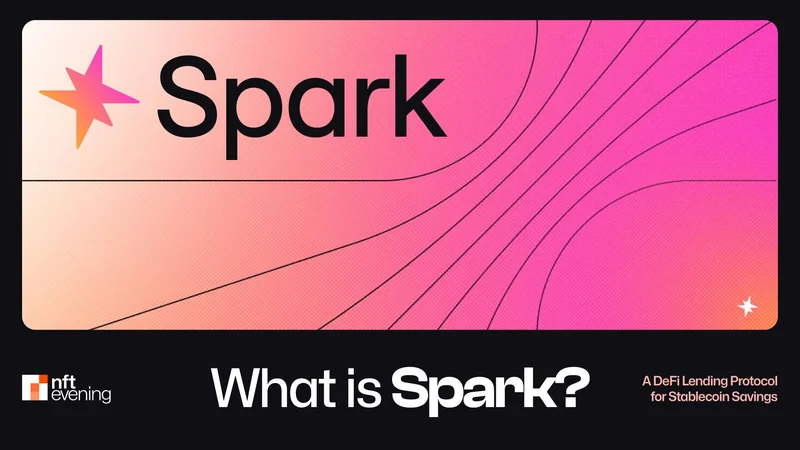
What is SparkLend? A Beginner-to-Advanced Guide to Decentralized Lending Made Easy
SparkLend is a decentralized, non-custodial liquidity market protocol built on the Ethereum blockchain. Simply put, it functions like a bank without intermediaries, allowing users to borrow and lend d
June 26, 2025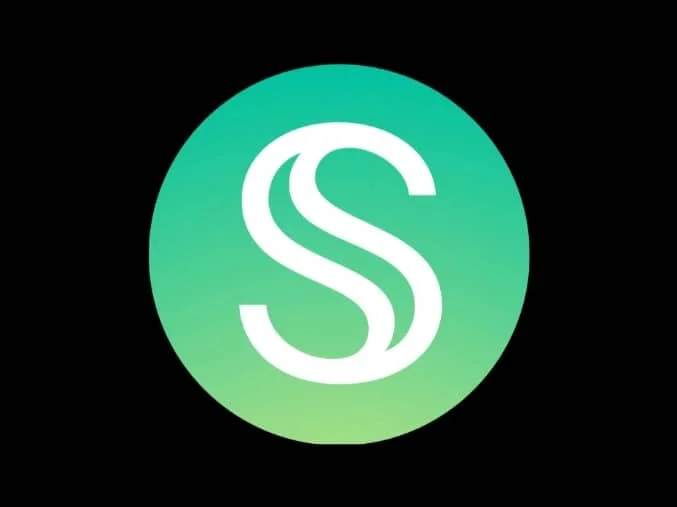
What is sUSDS? How Do I Acquire sUSDS?
This guide will walk you through Sky Savings’ sUSDS and sUSDC—your gateway to earning yield with stablecoins while keeping your funds secure.Sky Savings: Your Journey to Stablecoin Yields Begins HereW
June 26, 2025
What is SparkLend? A Complete Guide from Beginner to Pro
SparkLend is a decentralized, non-custodial liquidity market protocol that allows users to participate as lenders or borrowers. Lenders provide liquidity to earn passive income, while borrowers can ta
June 24, 2025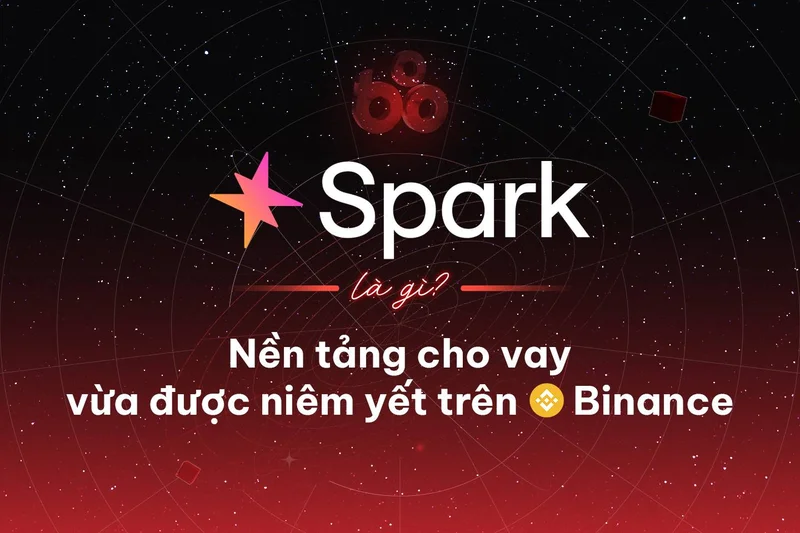
What Exactly Does Spark Protocol Do? A Complete Guide
This guide will walk you through Spark Protocol — an innovative platform designed to tackle the long-standing issue of fragmented liquidity in the DeFi space. You'll learn how to earn yield, borrow as
June 24, 2025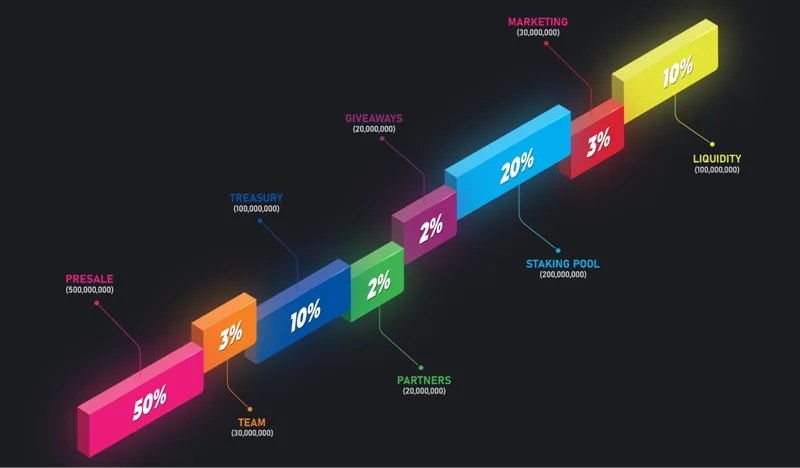
RXS Token Trading Guide: From Presale to Uniswap – A Complete Walkthrough
This guide will walk you through the trading process of the RXS Token, from the restrictions during the presale phase to free trading on Uniswap, helping you trade securely and efficiently.1. Introduc
June 24, 2025
